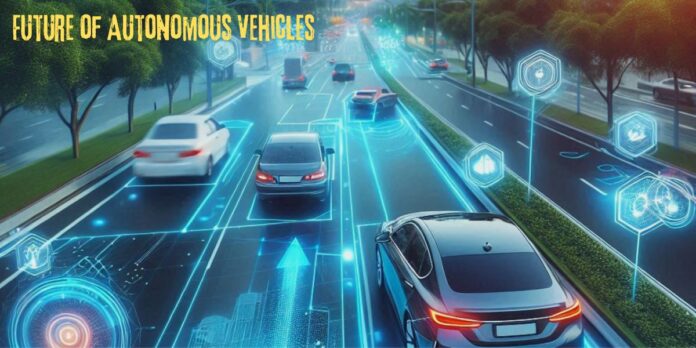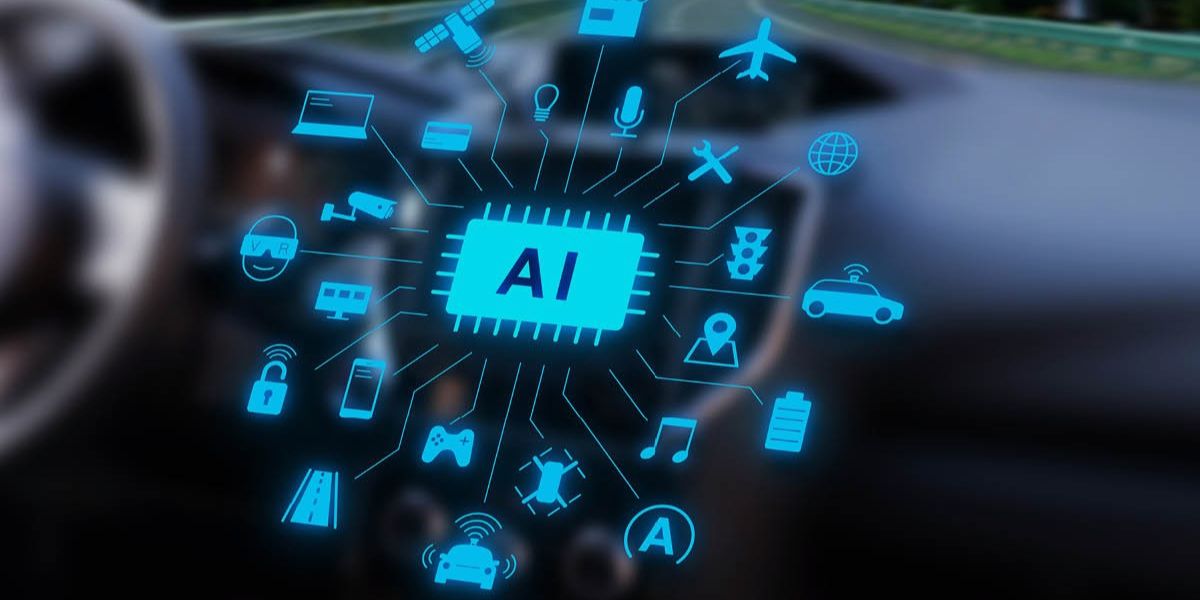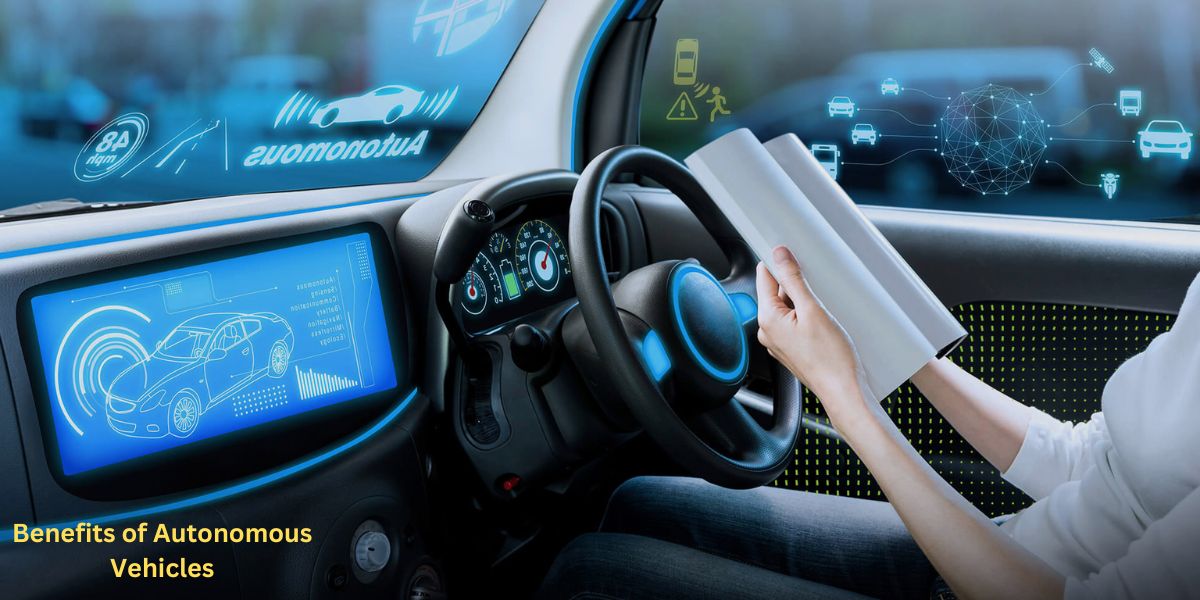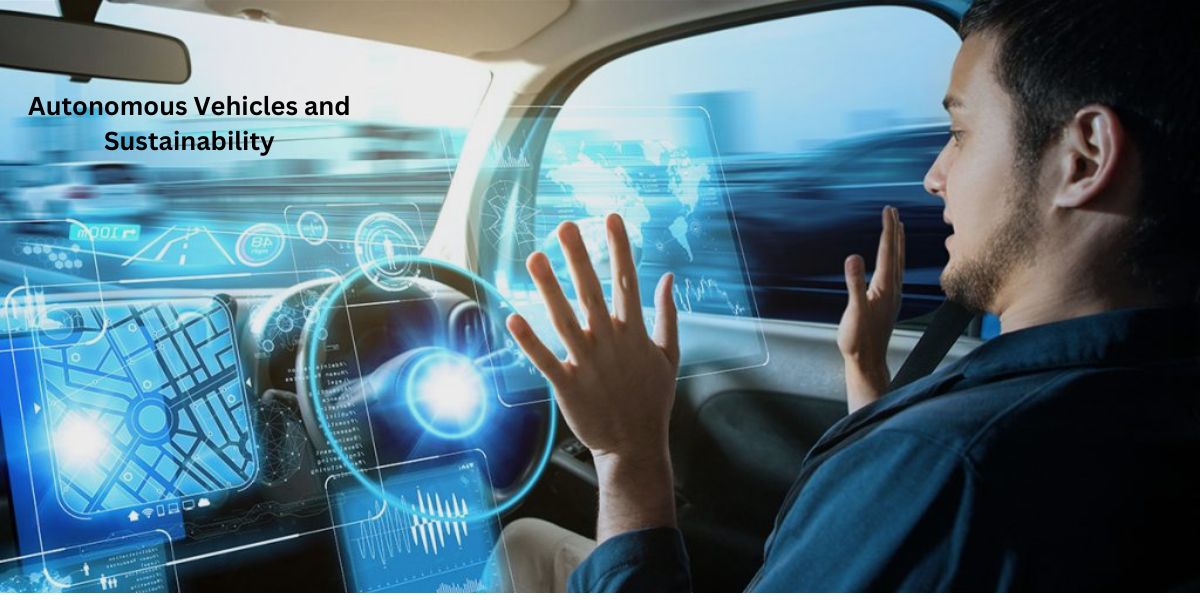Autonomous vehicles, commonly known as self-driving cars, have made remarkable progress in recent years. With major companies like Tesla, Google, and Uber investing heavily in this technology, the future of transportation is set to change drastically. These vehicles are equipped with advanced sensors, artificial intelligence (AI), and machine learning algorithms that allow them to navigate roads without human intervention. The development of autonomous vehicles presents opportunities, challenges, and significant impacts on society.
- Major companies like Tesla and Google are leading the development of autonomous vehicles.
- AI and machine learning are critical components of this technology.
- Self-driving cars are designed to navigate without human assistance.
The Current State of Autonomous Vehicles
As of 2024, autonomous vehicles are still in the testing and development phases, though some semi-autonomous features are already available in consumer vehicles. Tesla’s Autopilot, for instance, offers features like automatic lane changes, adaptive cruise control, and parking assistance. Companies like Waymo, a subsidiary of Google’s parent company Alphabet, have been testing fully autonomous vehicles in select cities. However, widespread adoption of fully autonomous cars is still a few years away.
- Tesla’s Autopilot is a semi-autonomous driving system available today.
- Waymo is testing fully autonomous vehicles in select cities.
- Widespread adoption of fully autonomous vehicles is expected in the near future.
The Technology Behind Autonomous Vehicles
Autonomous vehicles rely on a combination of several key technologies to function safely. Lidar, radar, cameras, and ultrasonic sensors are used to detect objects, pedestrians, and road conditions. These sensors feed data into AI systems that interpret the environment and make real-time decisions. Additionally, vehicle-to-vehicle (V2V) and vehicle-to-infrastructure (V2I) communication allows cars to share information about traffic, hazards, and road conditions with each other and with surrounding infrastructure, further enhancing safety.
- Lidar, radar, and cameras are crucial technologies in autonomous vehicles.
- AI processes sensor data to make real-time driving decisions.
- V2V and V2I communication improves safety and coordination on the roads.
Challenges to Overcome
While the technology for autonomous vehicles is advancing rapidly, there are still several challenges that need to be addressed before self-driving cars can be safely integrated into everyday traffic. One major issue is the need for improved road infrastructure that supports these vehicles, such as smart traffic lights and dedicated lanes. Additionally, ensuring the cybersecurity of autonomous vehicles is paramount, as these cars are vulnerable to hacking. Finally, regulatory and legal challenges must be resolved, as laws and safety standards vary widely across regions.
- Road infrastructure needs to be upgraded to support autonomous vehicles.
- Cybersecurity is a major concern, as autonomous vehicles can be vulnerable to hacking.
- Regulatory and legal frameworks must evolve to accommodate self-driving cars.
The Impact on the Automotive Industry
The rise of autonomous vehicles will significantly impact the automotive industry. Traditional car manufacturers will need to adapt to the new technology or risk being left behind. Electric vehicles (EVs) are expected to play a crucial role, as most autonomous vehicles are being developed with electric powertrains. Moreover, car ownership may shift as companies like Uber and Lyft invest in autonomous ride-hailing services, reducing the need for personal vehicles in urban areas.
- Autonomous vehicles are likely to accelerate the shift toward electric vehicles.
- Car manufacturers must adapt or risk becoming obsolete in the new era of self-driving cars.
- Ride-hailing services could change the car ownership model, especially in cities.
Benefits of Autonomous Vehicles
Autonomous vehicles offer numerous benefits, particularly in terms of safety, convenience, and efficiency. Studies suggest that autonomous vehicles could significantly reduce traffic accidents, as human error is responsible for the majority of crashes. Additionally, these vehicles have the potential to improve fuel efficiency and reduce congestion by optimizing routes and driving behaviors. The convenience of self-driving cars will also be a game-changer for commuters, especially for people with disabilities or the elderly, who may have limited mobility.
- Autonomous vehicles can reduce traffic accidents by eliminating human error.
- Optimized driving behavior could lead to better fuel efficiency and reduced congestion.
- Self-driving cars could provide greater mobility for people with disabilities and the elderly.
Concerns About Autonomous Vehicles
Despite the many potential benefits, there are also valid concerns regarding the widespread adoption of autonomous vehicles. One major issue is job displacement. Millions of people worldwide rely on driving-related jobs, such as truck drivers, delivery personnel, and taxi drivers. As self-driving cars become more prevalent, these jobs could be at risk. Additionally, there are ethical concerns surrounding decision-making algorithms. For instance, in a situation where a collision is unavoidable, how does the vehicle decide who or what to prioritize?
- Job displacement is a significant concern, particularly for drivers in various sectors.
- Ethical dilemmas arise regarding how autonomous vehicles make life-or-death decisions.
- Balancing technology and human impact will be essential for widespread acceptance.
What the Future Holds
The future of autonomous vehicles is promising, but it will require careful consideration of the challenges and opportunities they present. In the next decade, we can expect to see more semi-autonomous features become standard in consumer vehicles, with fully autonomous cars gradually being integrated into public transportation systems and ride-hailing services. Innovations in AI, sensor technology, and road infrastructure will be key to making this vision a reality.
- Semi-autonomous features will continue to improve and become more common.
- Fully autonomous cars will likely first appear in public transportation and ride-sharing fleets.
- Advances in AI and infrastructure will shape the future of autonomous driving.
Autonomous Vehicles and Sustainability
Autonomous vehicles are poised to contribute to a more sustainable future by optimizing traffic flow and reducing emissions. Self-driving cars can communicate with one another to coordinate movements, reducing unnecessary stops and starts that waste fuel. Furthermore, most autonomous vehicles are being developed as electric or hybrid models, contributing to the global effort to reduce reliance on fossil fuels. In the long run, these advancements could significantly lower the carbon footprint of transportation.
- Autonomous vehicles can optimize traffic flow, reducing emissions.
- Most self-driving cars are being developed with electric powertrains.
- The long-term environmental benefits could help combat climate change.
Conclusion
The future of autonomous vehicles is both exciting and challenging. While the technology holds great potential for improving safety, traffic efficiency, and environmental sustainability, it also presents significant economic, legal, and ethical challenges. As AVs become more advanced, we can expect profound changes in the way we live, work, and move. However, society must also carefully consider the broader implications of this transformative technology, ensuring that the benefits are shared equitably and that the challenges are addressed in a thoughtful and responsible manner.





